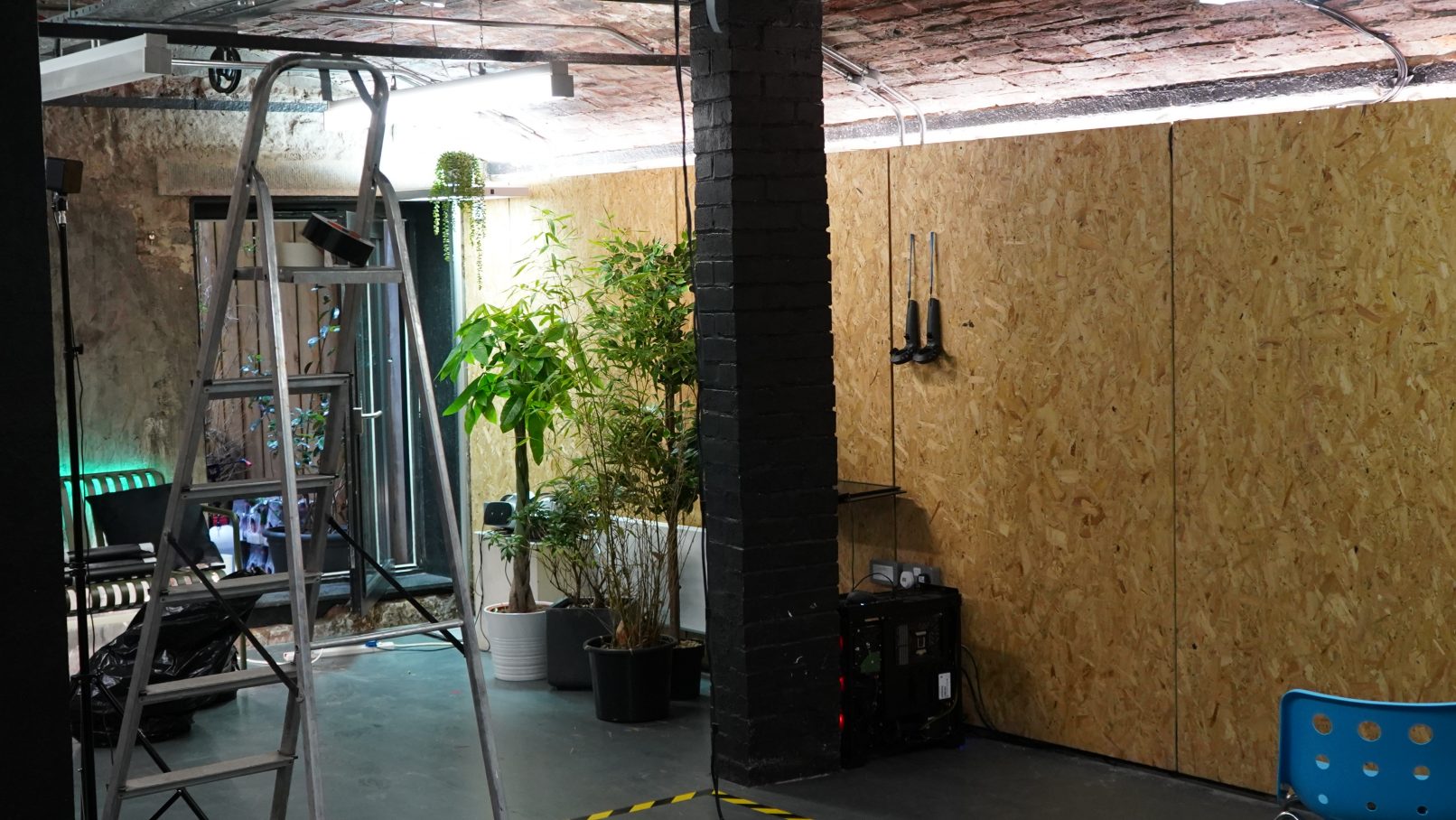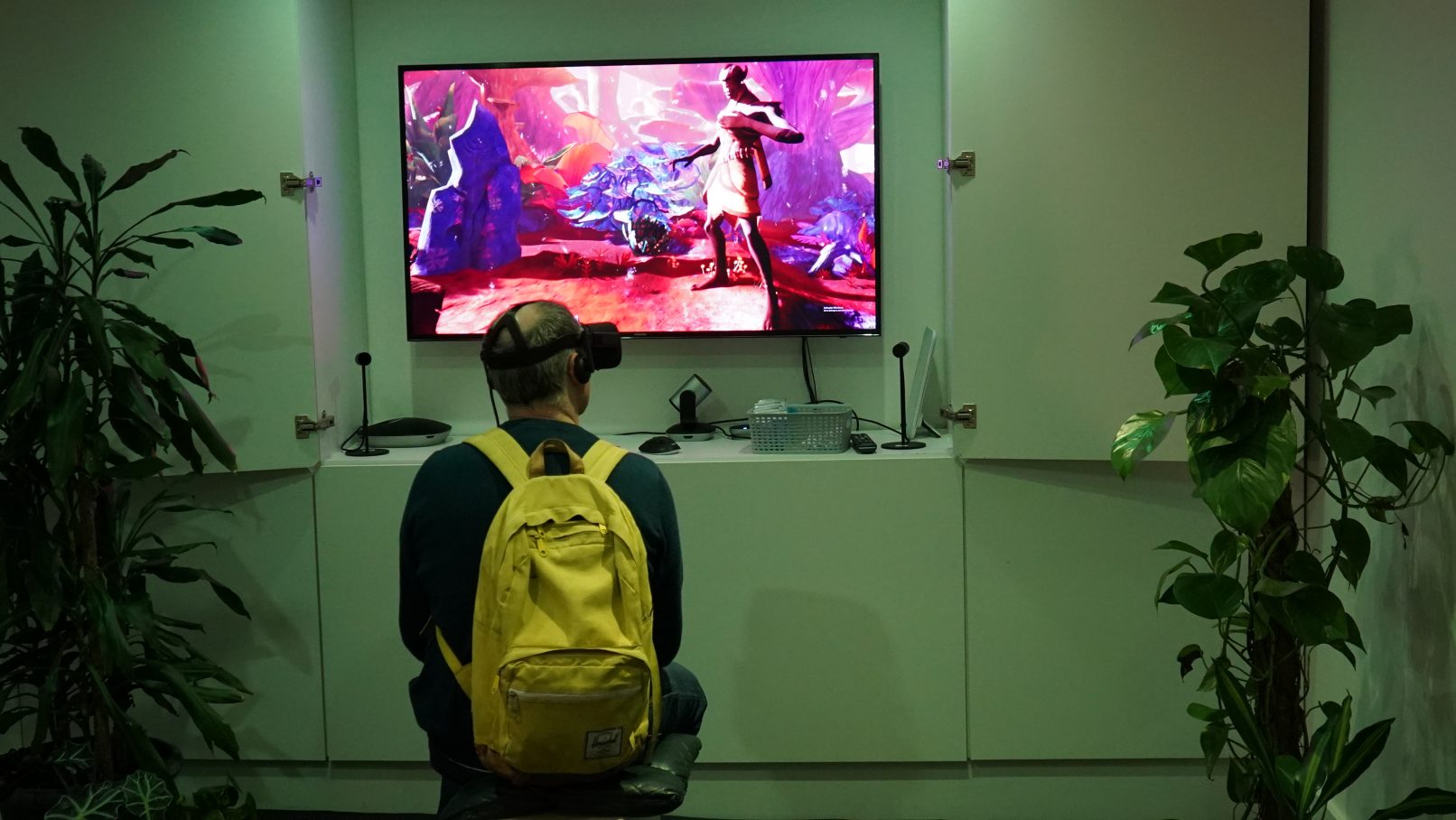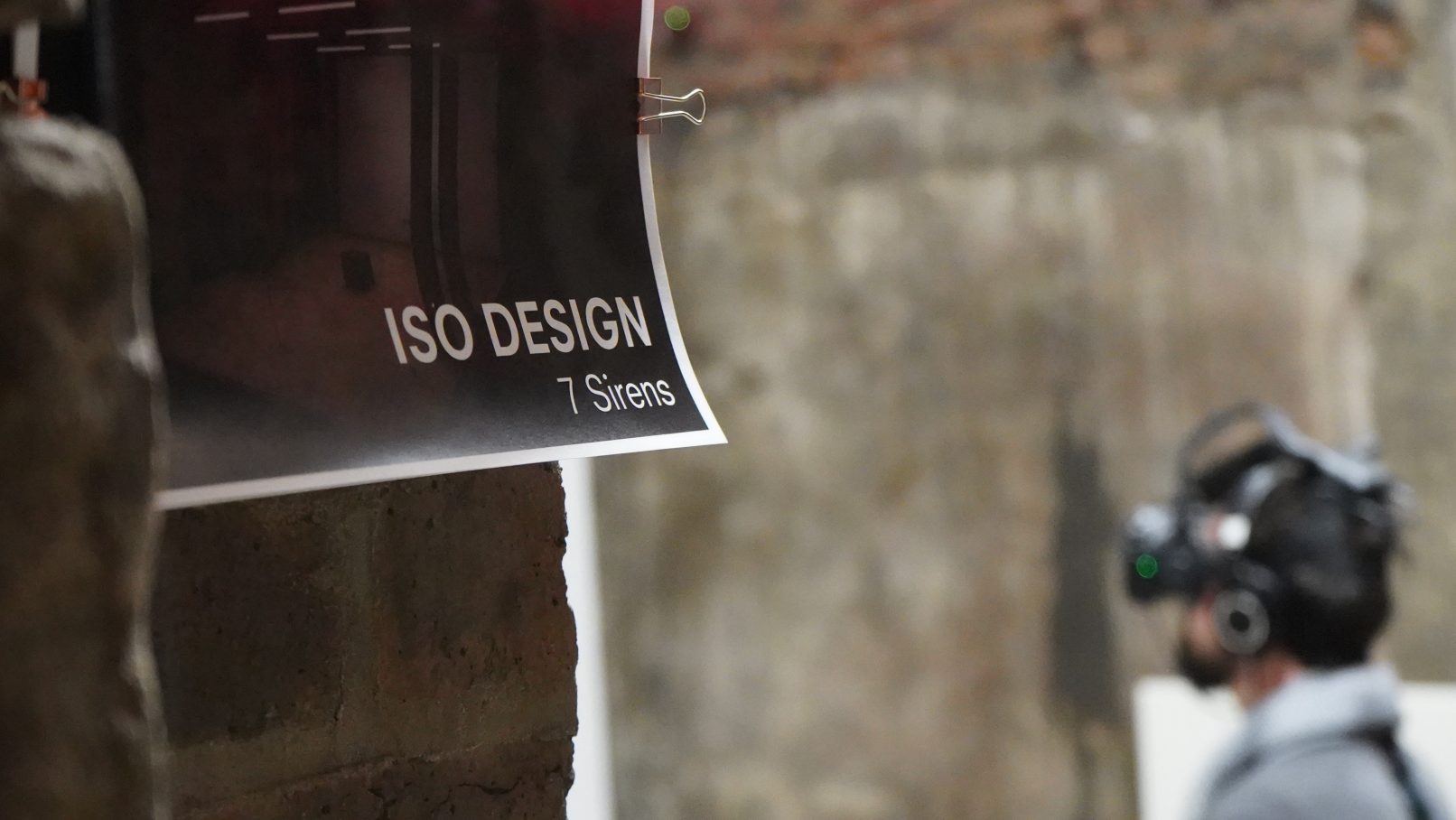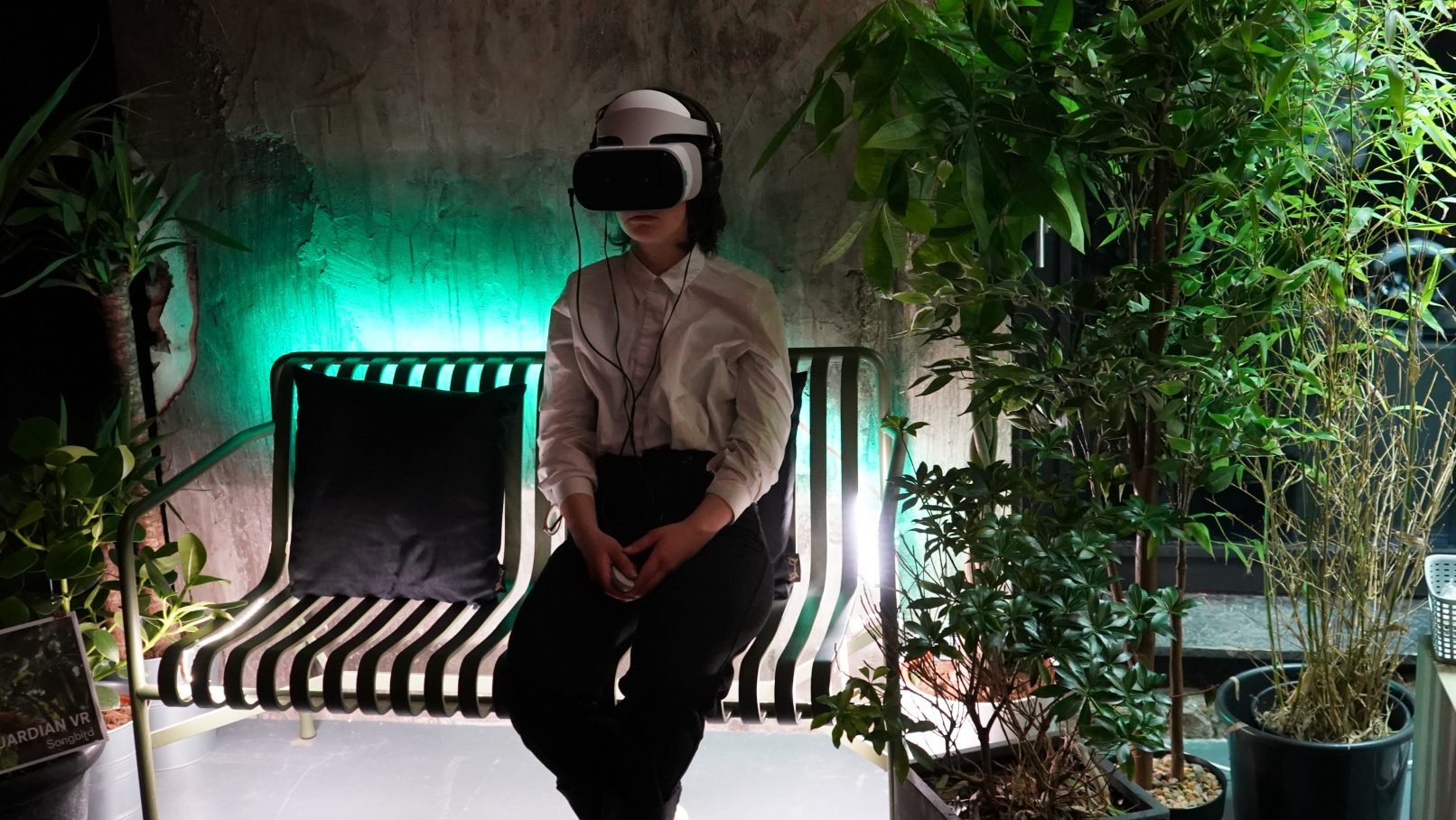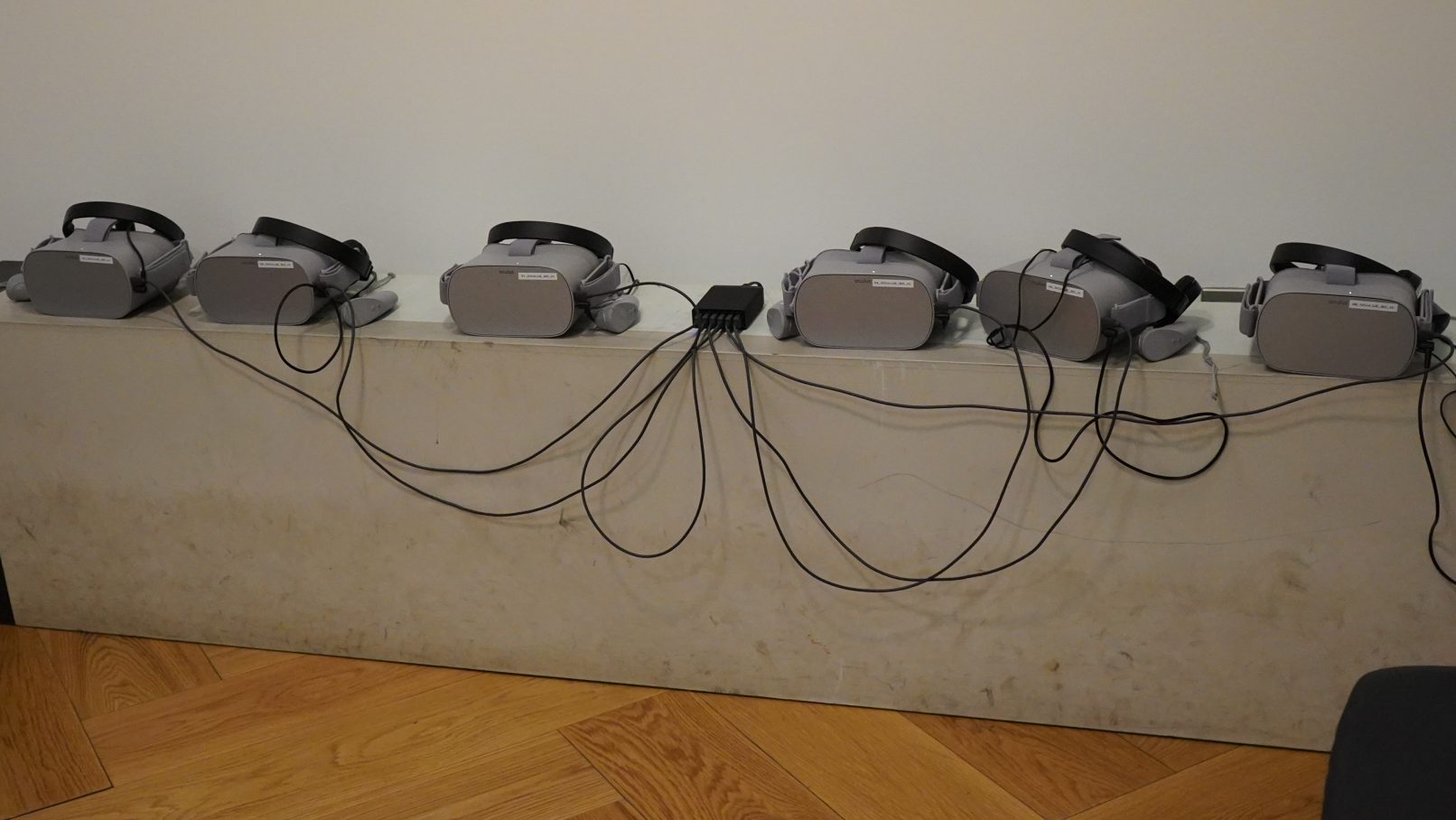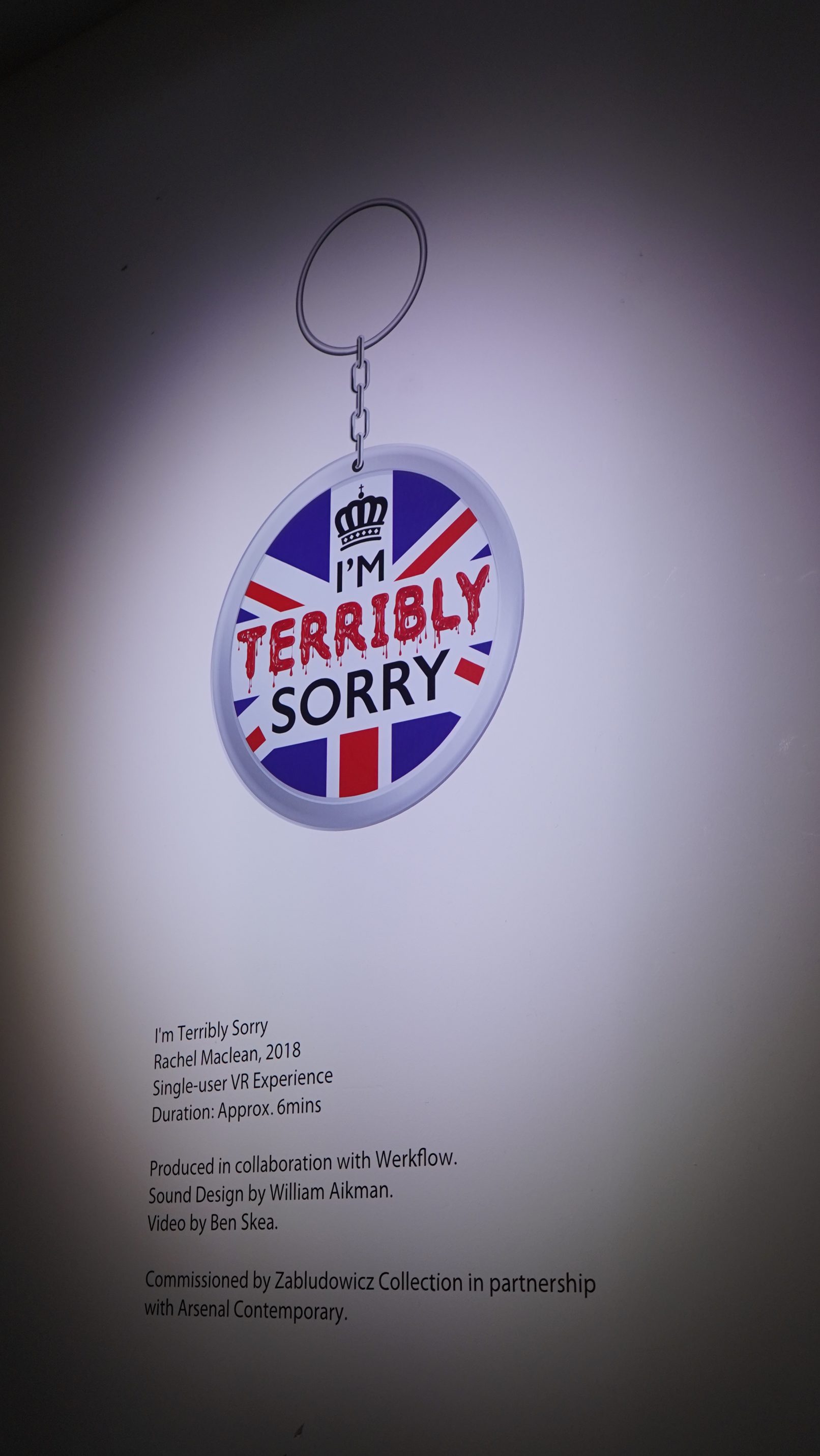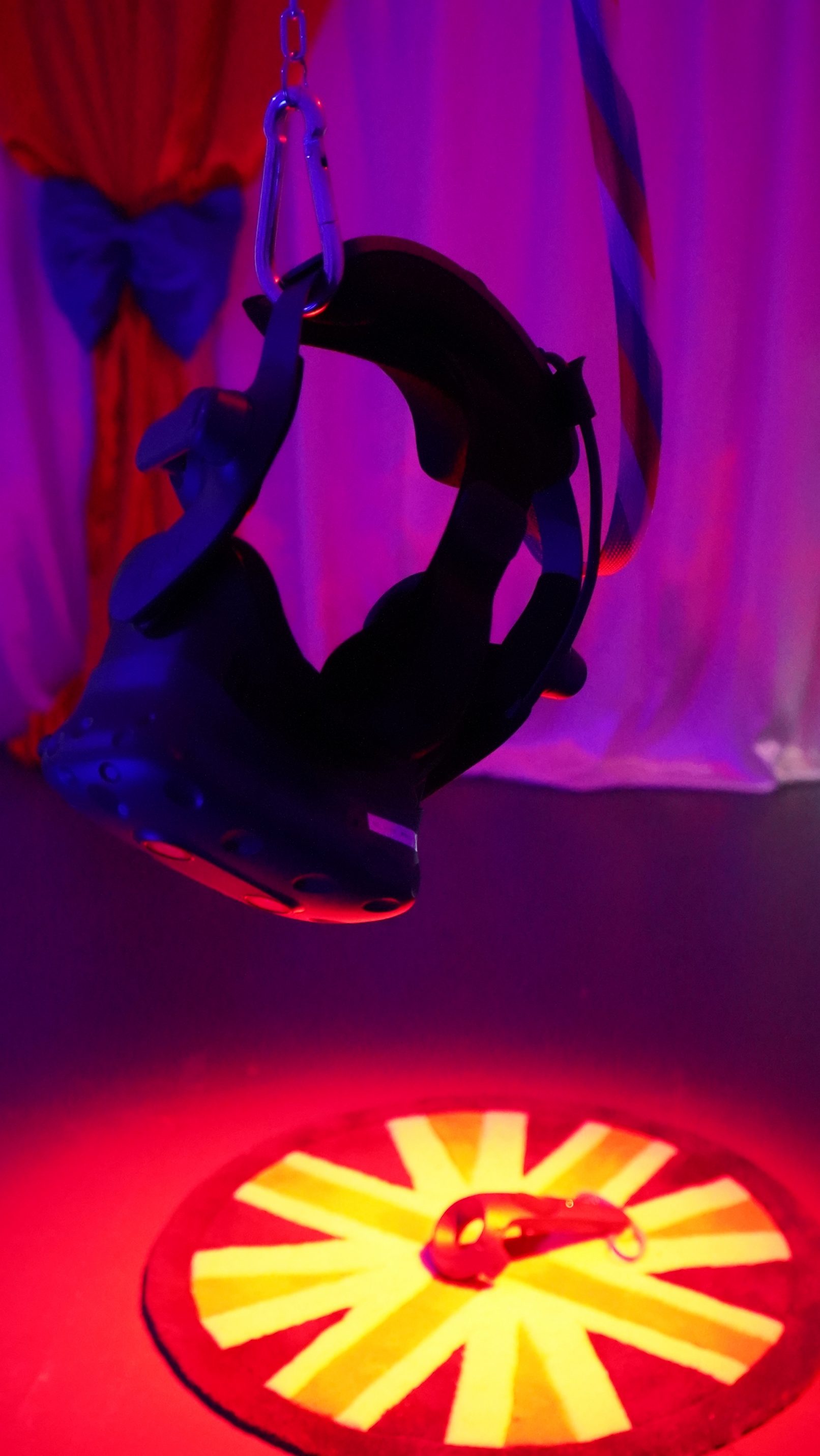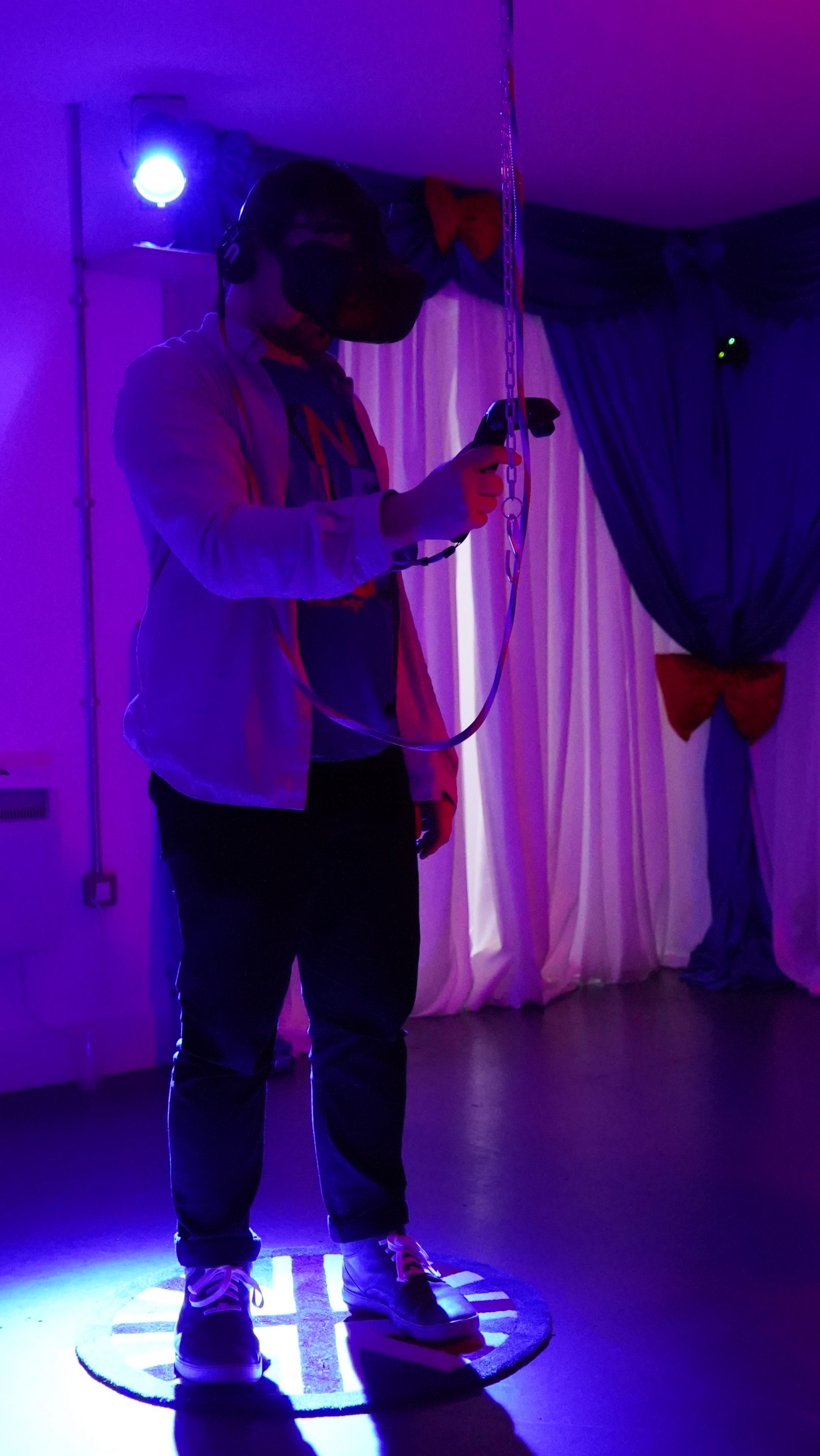UnRealities
Staging & hosting a VR event
Partners
Glasgow Short Film Festival
UWS Immersive
Rachel Maclean
Axis Animation
Guardian VR
Challenge
Following the success of their VR cinema in 2017, our long-term collaborators UWS Immersive and Glasgow Short Film Festival sought our support to bring to Glasgow the latest in VR experiences.
Our ambition for the 2019 programme was to exhibit a greater number of interactive, room-scale titles that achieve new forms of engagement for the audience. We wanted our guests to have rich, memorable immersive experiences that cannot be replicated at home.
Process
Our planning process started 5 months prior to the event. Working with UWS Immersive, PhD student Tessa Ratuszynska brought invaluable experience to the table. Having attended a number of international VR events, Tessa had her finger on the pulse of up and coming immersive experiences. Combined with our share of research and spotting, we soon compiled an exciting longlist of thought-provoking experiences.
At the LABS we gathered all the screeners provided by artists. Turning our studio into a hub for the VR strand of the festival, we set up a dedicated space for curators to drop in and review submissions. While shortlisting experiences, we made a conscious decision to feature fellow Scottish artists. We were incredibly delighted to be the first to show Rachel Maclean’s VR debut I’m Terribly Sorry since its premiere in London, as well as the mythical animated short The Bond by our friends from Axis Animation. The final lineup also featured our site-specific virtual odyssey 7 Sirens, Guardian VR’s Songbird, and Kristallpalast, a new piece we specifically developed for the festival. Read more about it here.
With the final selection made, we began to tackle the logistical challenges of exhibiting VR. Each experience was optimised for a different headset and came with a unique set of technical requirements. Topping up our own inventory of equipment with some rental kit, we also factored in contingency and planned for technical problems.
Space can be another challenge when showcasing VR, especially with 6DOF experiences. Audience members need ample space to properly explore those virtual worlds. Our 7 Sirens experience, for example, hosts one guest in a space that normally seats 40 during conventional film screenings. Fortunately, our 2000 sq ft workspace plus outdoor space, conference room and common area could accommodate all 5 interactive experiences as well as a small VR cinema with ease.
Exhibiting across these different spaces over the course of three days required thorough scheduling. We came up with a clever system whereby audience members entered the exhibition in pairs. They’d then take one of two possible routes through the building, watch two experiences by themselves, then reunite to do three experiences together. Hoping the event would be a forum for guests to talk about what they were experiencing in virtual reality, going through the programme in pairs greatly fostered that discussion. No matter whether you attended with a friend, family member or complete stranger, many would stay at the end to share, reflect and decompress.
To make these experiences even more immersive and memorable, we had to dress the spaces accordingly. In our opinion, a great VR experience isn’t just about what you see and do while in a headset. It considers the visitor experience as a whole. Rachel Maclean’s I’m Terribly Sorry is a brilliant example: The experience starts in the corridor leading to the main exhibition area. Guests are welcomed by our volunteer who introduces them to the work. Wall text, much like in an art gallery setting, provides additional information. This sets the mood for the upcoming VR experience. Through a curtain, guests enter the main room which is decorated with red, blue and white fabric and puffy bows. It feels like you just entered a national parade. Union Jack rugs mark the spots where participants should stand, VR headsets dangle from metal chains. Every item in the room is connected to the virtual world you’re about to experience. This elaborate dressing took several days to set up and the complex onboarding was crucial in setting the right tone to let audiences engage with the work in meaningful ways.
For us as organisers, receiving feedback from the audience was very important. With UWS as our research partner, we were able to conduct user surveys throughout the event. The results showed that two thirds of our audience were VR novices, identifying accessibility as the main challenge in regard to VR. Other hurdles named were the solitary nature of VR, challenges around sharing, as well as feeling insecure about how to interact inside an experience. This confirmed that we were on the right track: Our event had given audiences access, had provided opportunities to share, and had used set dressing and onboarding to ease guests into the experiences.
Outcome
The event was a big success all around. It completely sold out, we even squeezed in extra slots to give as many people as possible a chance to see the programme. We exhibited fantastic, innovative works, and also sat on a panel and spoke about creating immersive experiences at the Makers of the Unreal session at CCA. We were grateful to make a contribution to the local arts and cultural scene, and to connect with the audience.

